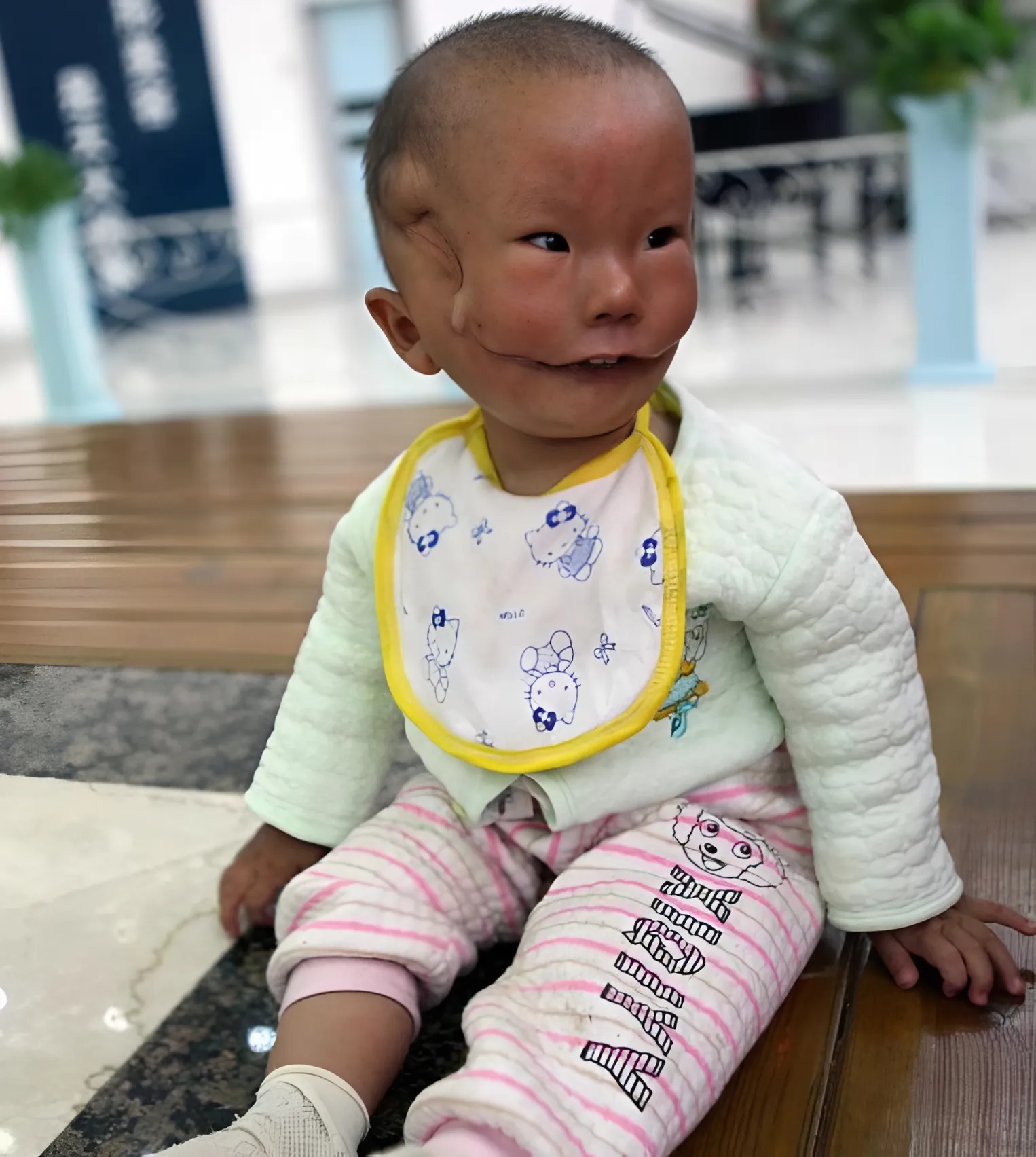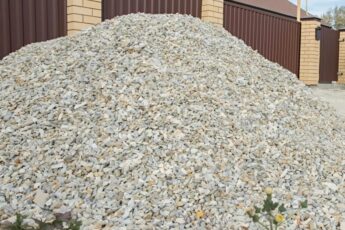In 2009, in a small village nestled in China’s Hunan Province, a young woman named Ilyeon Xie gave birth to her first child — a baby boy named Hu Kang. Like any new mother, she spent months dreaming about what he might look like, imagining his first smile, his tiny hands wrapped around her finger. But nothing could have prepared her for the moment they finally placed her baby in her arms.
As she looked down, her breath caught in her throat. Her body froze. Hu Kang was born with a rare and severe facial deformity known as bilateral transverse facial cleft. The front part of his skull hadn’t fused properly during development in the womb. Instead of the soft, rounded cheeks of a newborn, deep fissures stretched from the corners of his mouth to both ears, as if his face had been split. It gave him the appearance of wearing a mask — not in the poetic sense, but in a haunting, heartbreaking one.
The family was devastated. They had never heard of such a condition. Doctors explained that it was incredibly rare and that while treatment was possible, it would be long, complex, and — worst of all — extremely expensive. Living in a rural village with modest means, Ilyeon and her husband were at a loss. They wanted nothing more than to help their son, to give him a chance at a normal life, but they didn’t have the resources.
In 2010, driven by hope and desperation, Ilyeon made a courageous decision. She reached out to local journalists, sharing her son’s story and allowing the world to see his face. The photos of little Hu Kang, with his wide, mask-like cleft, quickly captured public attention. At first, donations trickled in from nearby towns. But soon, word spread across China, and then beyond. Strangers — people who had never met the family, who lived thousands of miles away — began sending money, prayers, and letters of encouragement.
Thanks to this incredible outpouring of support, Hu Kang was able to undergo two major surgeries. The operations were complicated and risky, requiring a team of highly skilled surgeons. The goal wasn’t just to close the clefts, but to reconstruct the shape and symmetry of his entire face — to give him a chance at blending in, at smiling without fear, at being seen as a boy and not just a diagnosis.
The initial results were promising but imperfect. His face was visibly changed, the clefts partially corrected, though the scars were still prominent. Doctors explained that it would take time for the full transformation to be visible — years, in fact. With each passing year, as Hu Kang grew, his facial muscles adapted, the tissues healed, and the swelling faded.
And the doctors were right.
Several years later, updated photos of Hu Kang showed a completely different child. The deep slashes on his face were gone, replaced by faint scars that only hinted at what he had once endured. In one photo, he’s seen wearing a bright blue school uniform, laughing with classmates, his eyes lit with joy. His smile, once broken by deformity, now stretched across his face with warmth and pride.
Today, Hu Kang is a symbol of hope — not just for children with rare medical conditions, but for families who feel helpless in the face of overwhelming odds. His story is a reminder that kindness still exists in this world, that strangers can come together to change a life, and that beauty often lies not in perfection, but in resilience.






